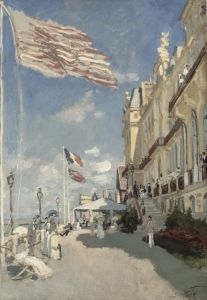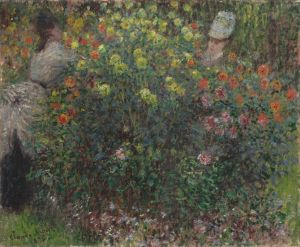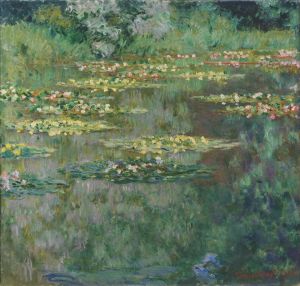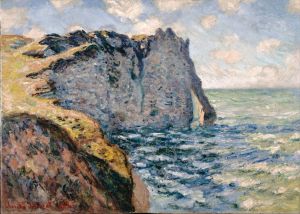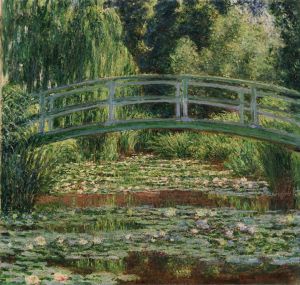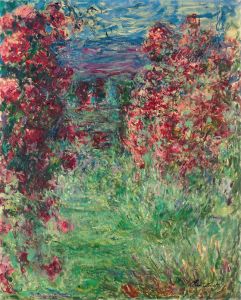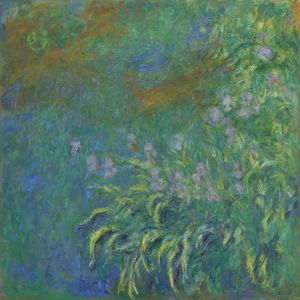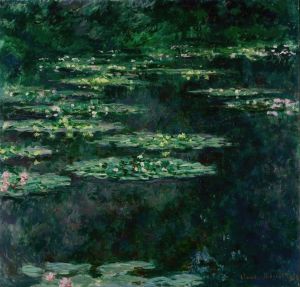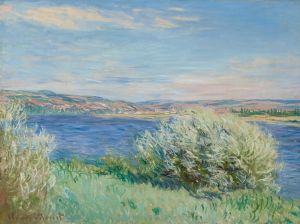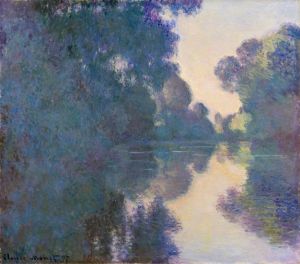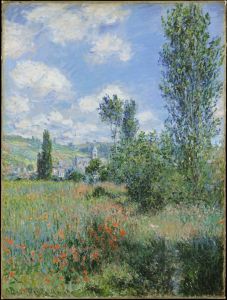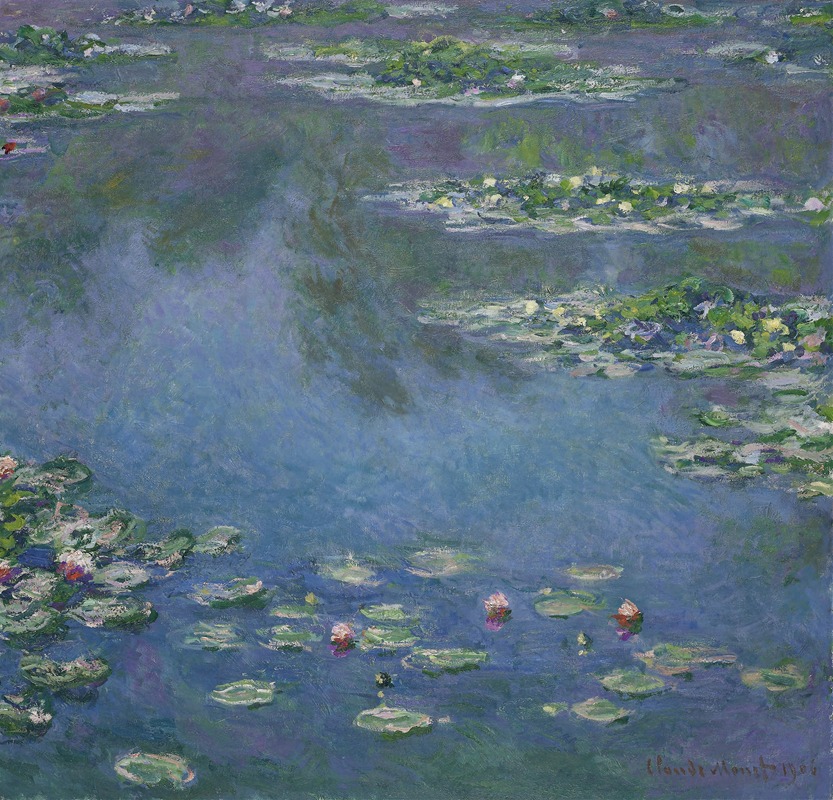
Water Lilies
A hand-painted replica of Claude Monet’s masterpiece Water Lilies, meticulously crafted by professional artists to capture the true essence of the original. Each piece is created with museum-quality canvas and rare mineral pigments, carefully painted by experienced artists with delicate brushstrokes and rich, layered colors to perfectly recreate the texture of the original artwork. Unlike machine-printed reproductions, this hand-painted version brings the painting to life, infused with the artist’s emotions and skill in every stroke. Whether for personal collection or home decoration, it instantly elevates the artistic atmosphere of any space.
The Water Lilies series by Claude Monet is a collection of approximately 250 oil paintings created by the French Impressionist artist during the last three decades of his life. These works, painted between 1897 and 1926, depict Monet's flower garden at his home in Giverny, France, and are widely regarded as masterpieces of Impressionism. The series captures the surface of the water in his garden pond, adorned with water lilies, reflections of the sky, and surrounding vegetation. Monet's innovative approach to light, color, and composition in these paintings had a profound influence on modern art.
Monet began focusing on the water lily pond in his garden after he had it constructed in 1893. He designed the pond with the intention of using it as a source of artistic inspiration. The garden itself was meticulously planned and maintained by Monet, who was deeply involved in its creation and upkeep. The pond featured a Japanese-style bridge, which appears in some of the earlier works in the series. Over time, Monet's focus shifted from including the bridge and other structural elements to concentrating solely on the water's surface, capturing its interplay of light, color, and reflection.
The Water Lilies paintings are notable for their large scale and immersive quality. Many of the works are monumental in size, with some spanning several meters in width. Monet's technique involved layering paint to create a sense of depth and movement, using loose, fluid brushstrokes to convey the ephemeral nature of light and atmosphere. The absence of a clear horizon or fixed perspective in many of the paintings invites viewers to lose themselves in the abstract patterns of color and form.
Monet's failing eyesight in his later years, due to cataracts, influenced the style of his later works in the series. These paintings often feature bolder colors and more abstract forms, reflecting both his changing vision and his evolving artistic approach. Despite his health challenges, Monet continued to work on the Water Lilies series until his death in 1926.
Several of the Water Lilies paintings are housed in major museums around the world, including the Musée de l'Orangerie in Paris, which features eight large panels displayed in two oval rooms designed specifically to showcase the works. These panels, completed between 1915 and 1926, are considered the culmination of Monet's artistic vision for the series. Other notable pieces from the series can be found in institutions such as the Metropolitan Museum of Art in New York, the Art Institute of Chicago, and the National Gallery in London.
The Water Lilies series is celebrated for its innovative exploration of abstraction and its ability to evoke a sense of tranquility and harmony. It remains one of the most iconic achievements in Western art history.






